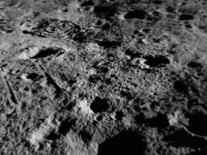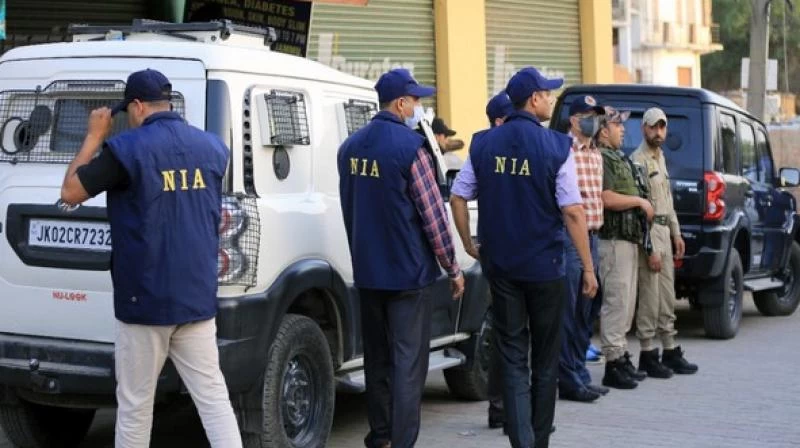Latest Updates
Chandrayaan-3: The Vikram Lander undertakes a ‘hop experiment’ and successfully soft lands on the moon for the second time

Days after Chandrayaan-3’s successful soft landing on the Southern pole of the moon, making India the first country to traverse across the unchartered territory of the moon, the Vikram Lander made another successful soft landing on the surface of the moon, said Indian Space Research Organization on Monday.
Taking to X, ISRO tweeted, “Vikram Lander exceeded its mission objectives. It successfully underwent a hop experiment. On command, it fired the engines, elevated itself by about 40 cm as expected and landed safely at a distance of 30 – 40 cm away. Importance? This 'kick-start' enthuses future sample return and human missions! All systems performed nominally and are healthy. Deployed Ramp, ChaSTE and ILSA were folded back and redeployed successfully after the experiment.”
The Vikram Lander deployed to study the southern pole of the moon, after having completed its mission objectives, successfully undertook a ‘hop experiment.’ On command from the control room, the Vikram Lander elevated to around 40 cm from the surface of the moon and landed safely at a distance of 30-40 cm away from its previous spot. ISRO claims that this feat is significant as this serves as a dry run for future return and human missions. They added that all systems have performed ‘nominally’ and are ‘healthy’. In addition, the Deployed Ramp, ChaSTE and ILSA were folded back and redeployed successfully after the experiment.
After having completed one lunar day on the moon, and 14 earth days, the Vikram Lander was ‘set into sleep mode’, with its batteries charging and receiver on. ISRO hopes to reactivate it again in the near future. "Hoping for a successful awakening for another set of assignments. Else, it will forever stay there as India's lunar ambassador”, said ISRO.
Mission Chandrayaan – 3 uncovered several facets of the southern pole of the moon, it found traces of sulfur on the lunar surface, auto-detected a crater and re-routed itself, captured photographic and video graphic representations of the moon and transmitted back to the earth.
The success of Chandrayaan 3 was closely followed by the launch of India’s very first solar mission aimed towards uncovering the mysteries of the sun, Aditya L1 on Saturday. This space-based solar observatory will record the developments of the sun, its coronal heating, solar wind acceleration, and its impact on space weather and Earth. ISRO is determined to continue its streak of bringing about paradigm-shifting changes in the field of astrophysics and astronomy, with their scheduled launch of a three-day crew mission to the Earth’s orbit by next year.






.webp)
.webp)

